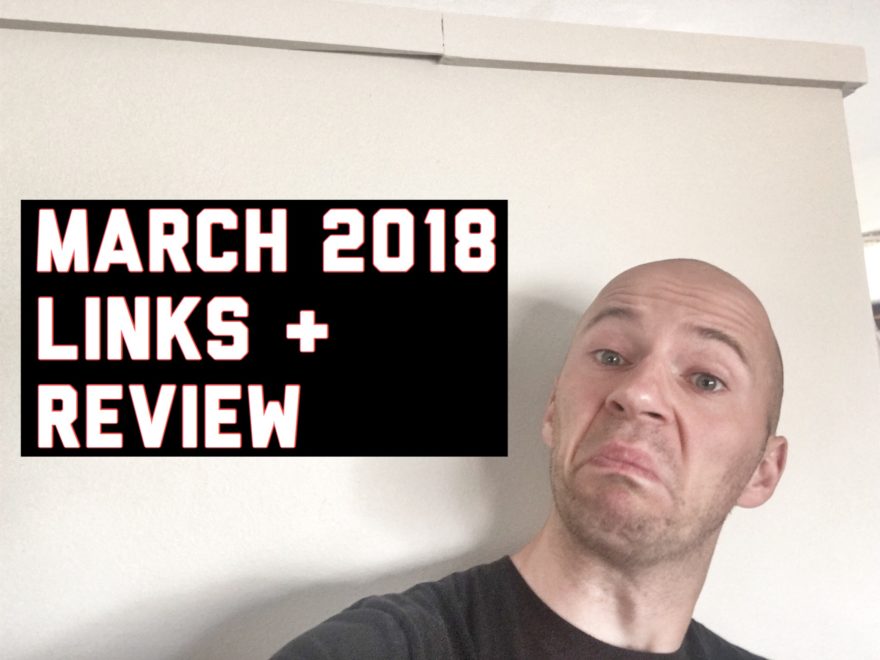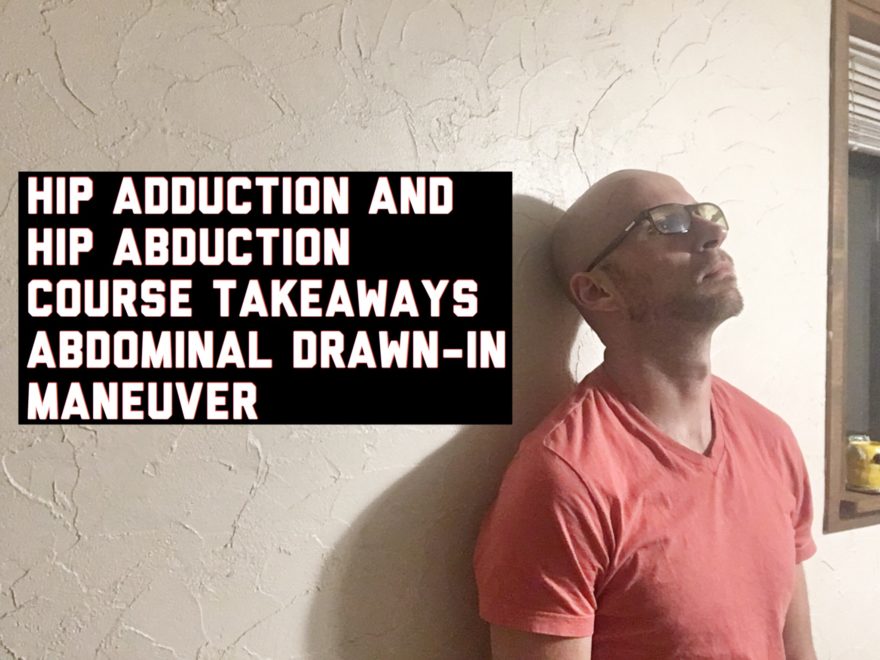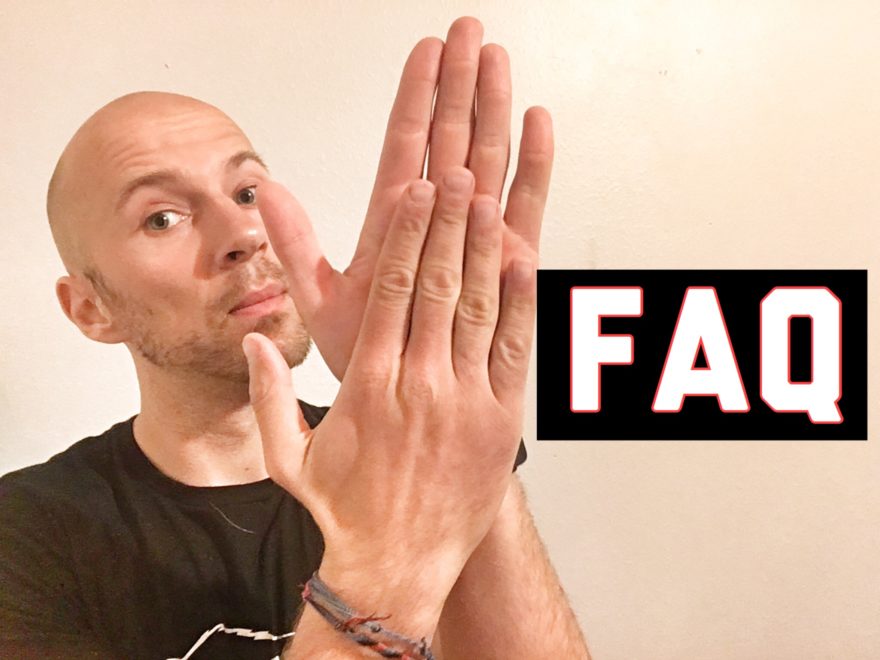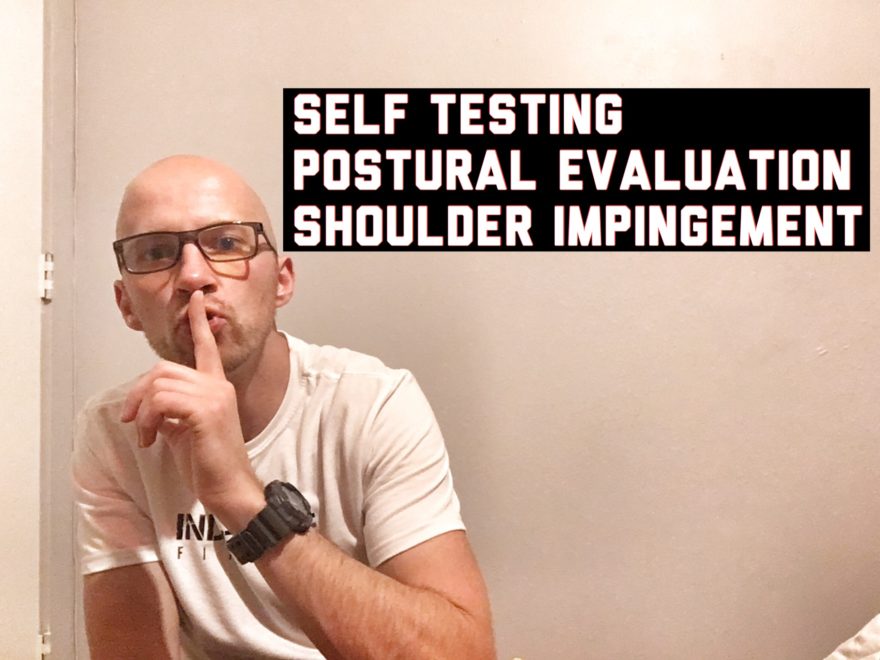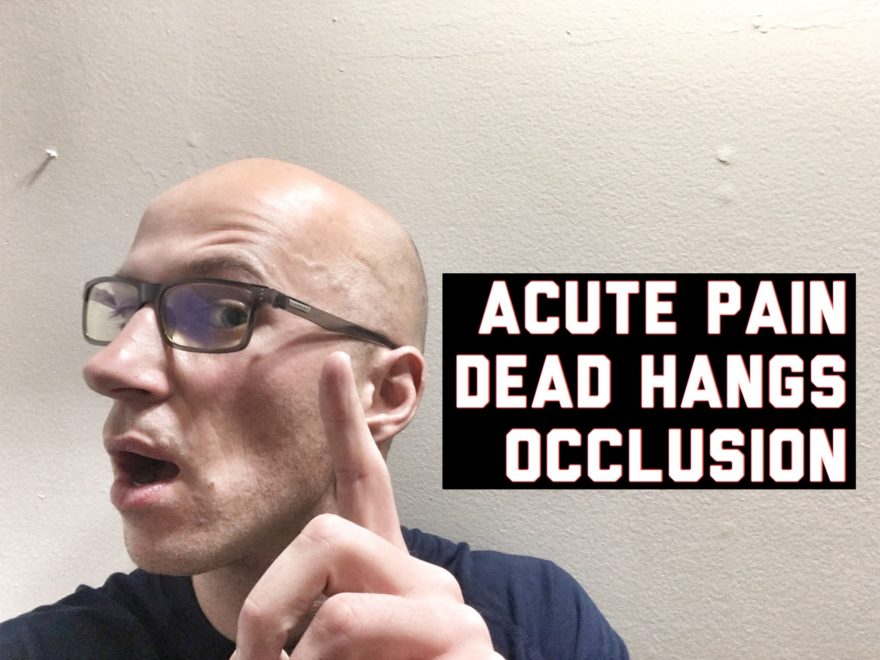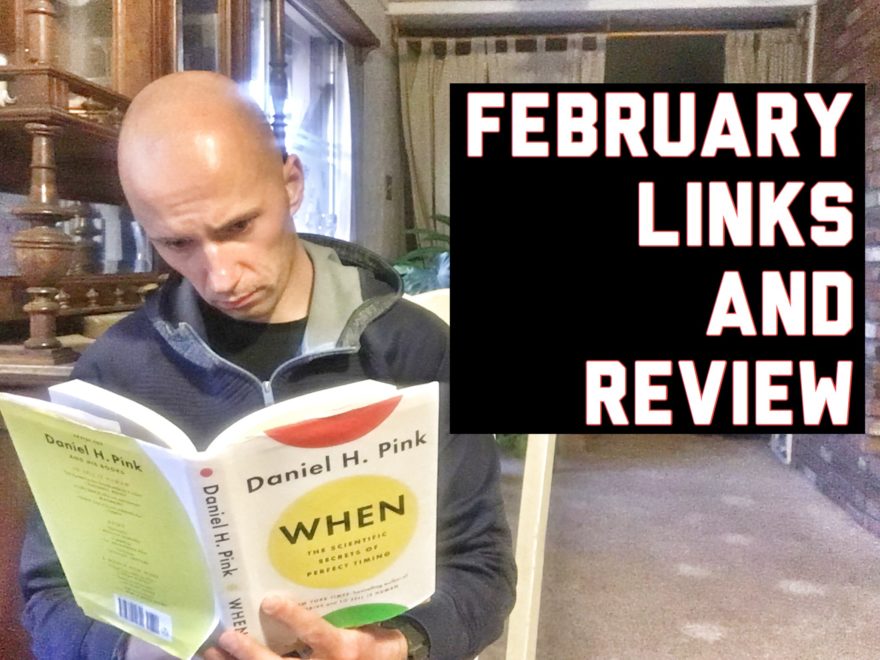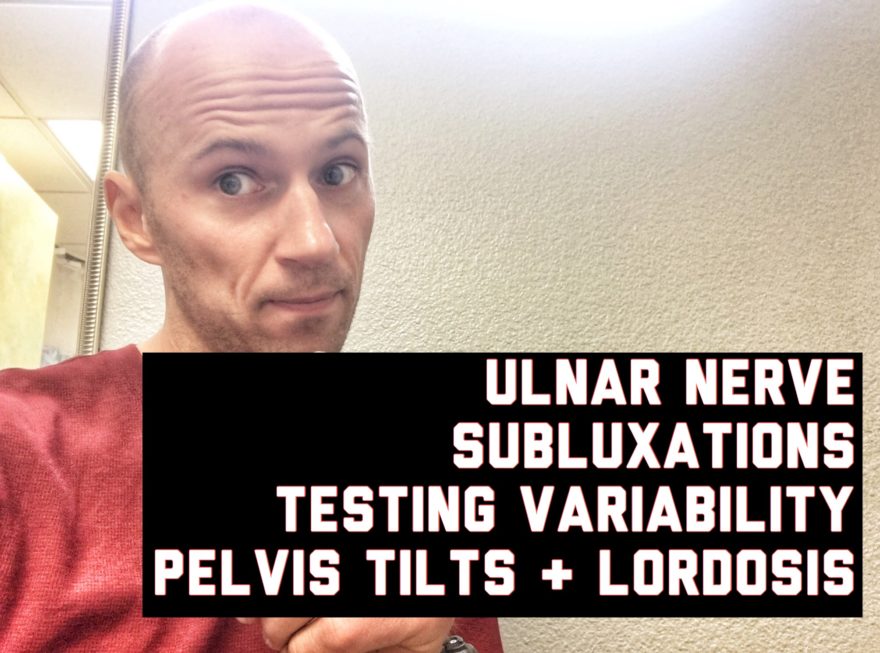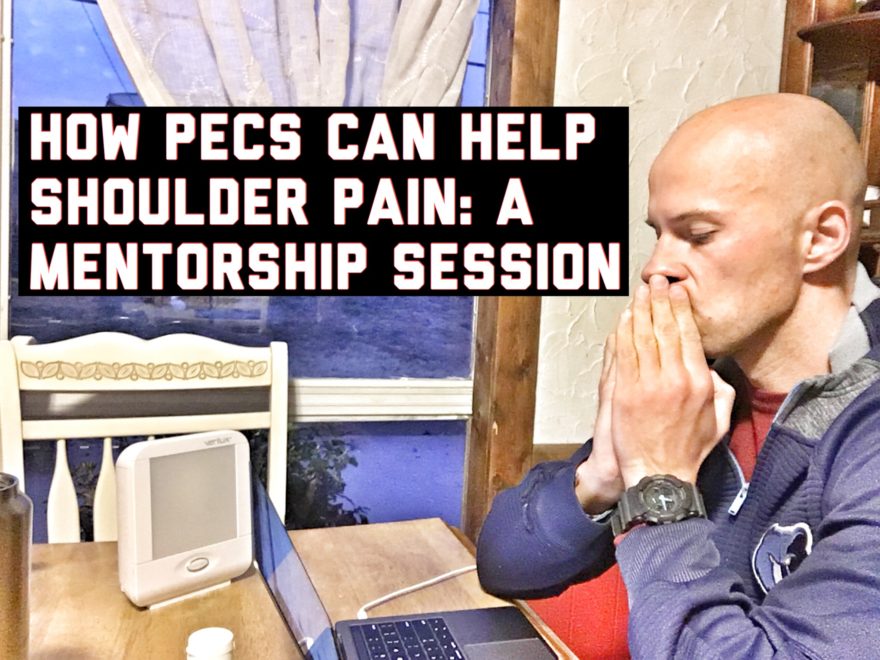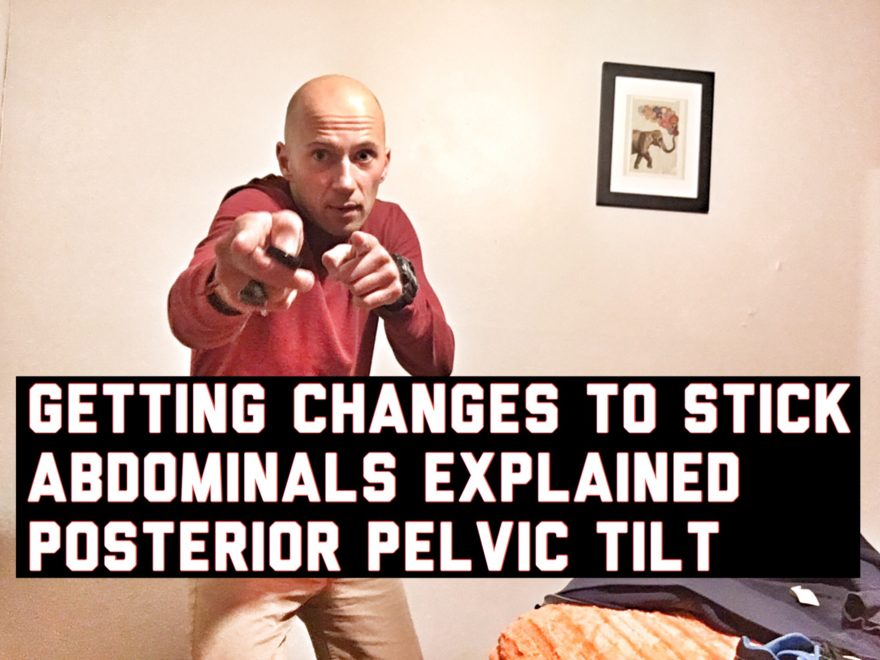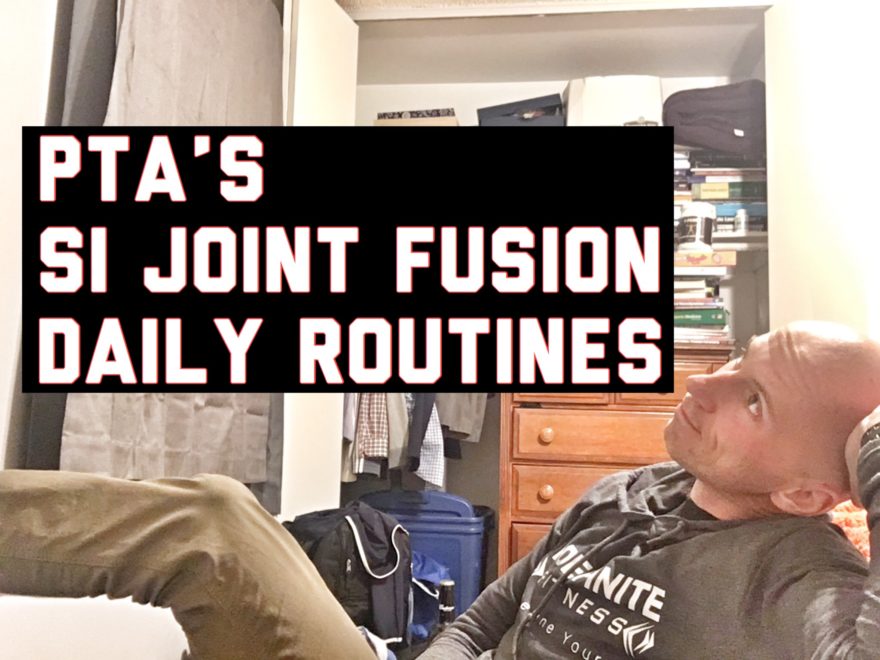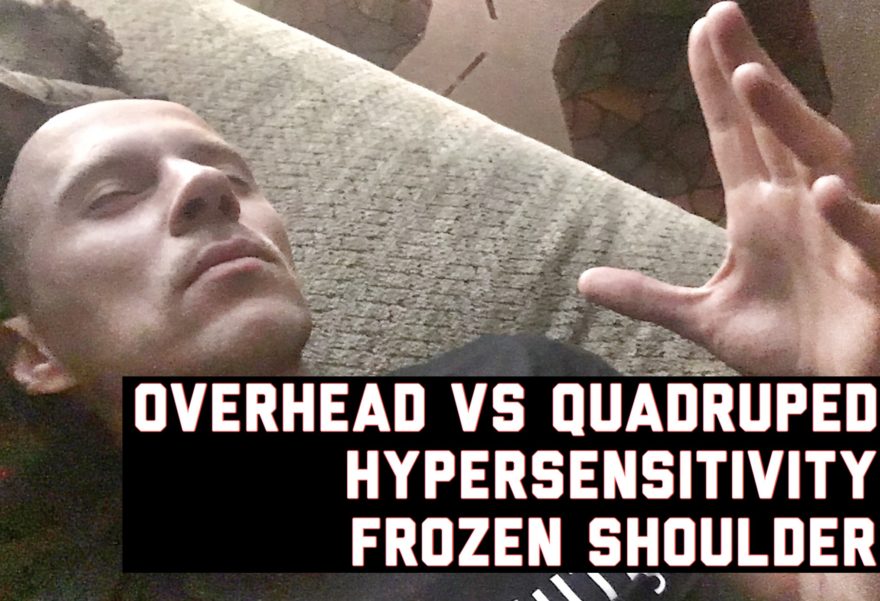I recently did a mentorship session with my good friend, movement consultation partner, functional medicine guru, and #bae, Dave Rascoe from Method Strength. Dave and I collaborated on a client of his, and we used one of our mentorship sessions to talk through my decision-making process. We talked about a variety of topics, including theoretical underpinnings that influenced my decisions, the assessment process, exercise selection, and so much more. If you like what you see, want to improve your coaching skills, want to make better clinical decisions with your patients, and so much more, you can join my personalized mentorship program by filling out the form below the video. You can also learn more about the program here. Enjoy the video, and read the case summary and topics mentioned in the talk below to get a glimpse into my thought process. Fill out the form below to sign up for the mentorship program. Here were a couple links and videos of things discussed in this session. Here are some posts on the infrasternal angle: Infrasternal Angle Overhead vs. Quadruped Diaphragmatic Breathing You can also get the most in-depth discussion on the infrasternal angle by subscribing to my newsletter in the link below: [yikes-mailchimp form=”1″ submit=”Yes, I want to know it all!!!!!”] Here is the glute-biased dorsal rostral thoracic expansion, a great move for people with narrow infrasternal angles and hip external rotation limitations The glute-biased straight leg raise crossovers serve a similar purpose, as the above activity, only adding a
Read More